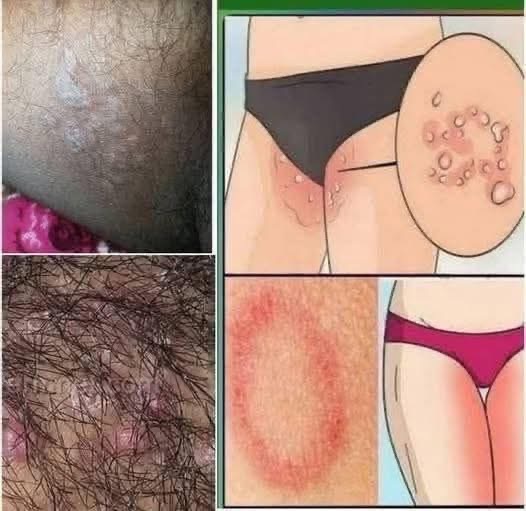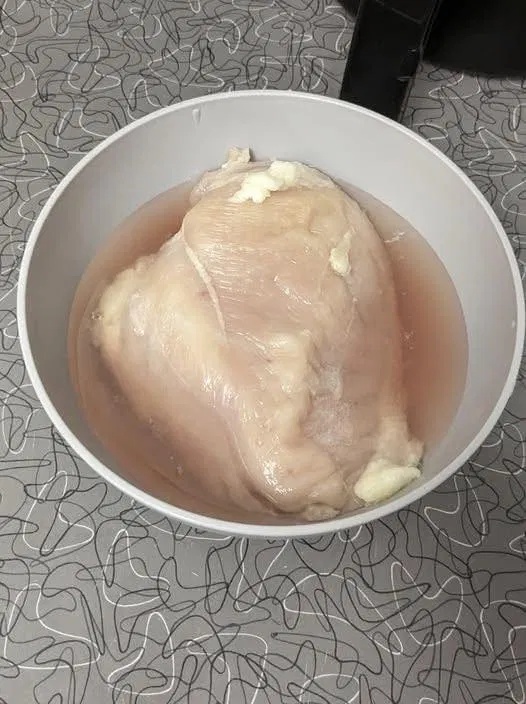Introduction: Understanding Inner Thigh Bumps
Many people experience the appearance of red, tender, or uncomfortable bumps on their inner thighs at some point in life. For some, these occur occasionally after activities like exercise or shaving, while for others, they may appear more frequently and even become painful. Although it may be tempting to dismiss them as “just pimples,” experts highlight that inner thigh bumps can stem from a range of skin conditions, lifestyle factors, and hygiene practices.
Understanding the causes of these bumps, how to manage them safely, and when to seek professional care is essential for maintaining both comfort and skin health. This article provides a comprehensive guide to the causes, prevention strategies, and treatment options for inner thigh bumps.
Why Inner Thigh Bumps Develop
The inner thighs are a unique area of the body where skin often rubs against skin or clothing. This combination of friction, warmth, and moisture makes the area prone to irritation. Let’s explore the most common contributing factors:
1. Friction and Sweat
Repeated rubbing of the skin, particularly during walking, running, or wearing tight clothing, can irritate hair follicles and pores. Sweat trapped in the area increases moisture, which encourages bacterial growth and can exacerbate breakouts.
- Tight jeans, leggings, or activewear can trap heat and sweat.
- Prolonged periods of activity without breathable fabrics worsen irritation.
- Hot, humid conditions amplify the problem by creating a warm, moist environment conducive to bacterial growth.
2. Ingrown Hairs
Shaving, waxing, or plucking can sometimes lead hairs to grow inward rather than outward. The body treats these ingrown hairs as foreign objects, resulting in redness, swelling, and small bumps.
- Shaving against the grain or using dull blades increases risk.
- Waxing may break hairs at awkward angles, promoting ingrown growth.
- Individuals with curly or coarse hair may experience ingrown hairs more frequently.
3. Heat and Humidity
Warm weather or intense physical activity increases sweat accumulation, causing clothing to stick to the skin. The moist environment allows bacteria and yeast to flourish, making the inner thighs a common site for skin irritation. Even individuals with otherwise clear skin may notice bumps during hot months or after exercise.
4. Hormonal and Lifestyle Factors
Hormonal fluctuations, dietary choices, and stress levels can influence skin health, including on the inner thighs. While these factors may not be the primary cause, they can worsen irritation or trigger inflammatory responses in the skin.
When Bumps Signal a Medical Concern
While many inner thigh bumps are minor and temporary, recurring or painful lumps can indicate underlying skin conditions. Some common conditions include:
Folliculitis
Folliculitis is inflammation of a hair follicle, often caused by bacteria, yeast, or irritation. It presents as small red bumps centered around hair follicles.
- Mild folliculitis may resolve with improved hygiene and topical antiseptics.
- Recurrent cases may require prescription topical or oral treatments.
Boils (Furuncles) and Abscesses
When bacteria penetrate deeper layers of skin, they can cause painful, pus-filled lumps called boils or abscesses.
- Boils typically start as firm, tender lumps and enlarge over time.
- Medical attention is necessary if a boil does not drain naturally, as attempting to squeeze it at home can worsen infection.
Hidradenitis Suppurativa (HS)
HS is a chronic skin condition marked by painful, recurrent lumps in areas such as the inner thighs, armpits, and groin.
- HS lumps can become inflamed, drain fluid, and result in scarring.
- Long-term management often requires prescription medications, lifestyle adjustments, and dermatological care.
Fungal Infections
Warm, moist areas are prone to fungal infections, which may cause redness, itching, and small bumps.
- These infections are more common in athletes or individuals who sweat heavily.
- Antifungal creams or medications may be required for effective treatment.
Immediate Care for Inner Thigh Bumps
For minor bumps, several safe, dermatologist-recommended measures can reduce discomfort and prevent worsening. These strategies are suitable for everyday self-care:
1. Maintain Cleanliness
- Shower daily, especially after exercise or sweating.
- Use a gentle, fragrance-free cleanser to minimize irritation.
- Pat the area dry instead of rubbing to avoid friction.
2. Wear Comfortable Clothing
- Choose loose-fitting clothing to allow airflow and reduce friction.
- Opt for moisture-wicking fabrics during workouts to keep skin dry.
- Avoid prolonged use of sweaty clothing.
3. Hair Removal Techniques
- Use sharp, clean razors to minimize skin trauma.
- Shave in the direction of hair growth.
- Consider trimming hair rather than close shaving if prone to ingrown hairs.
4. Soothing Treatments
- Apply warm compresses to ease inflammation and discomfort.
- Over-the-counter antiseptic creams can help with mild irritation.
- Avoid harsh scrubbing or picking at bumps, which can cause scarring.
Preventing Inner Thigh Bumps
Preventing bumps often involves lifestyle adjustments and proactive skin care:
Daily Hygiene
- Cleanse and dry the area thoroughly each day.
- Ensure moisture is removed completely before dressing.
Clothing Choices
- Select breathable cotton or moisture-wicking fabrics.
- Avoid synthetic materials that trap sweat and heat.
Skincare Practices
- Gently exfoliate once or twice a week to prevent clogged pores.
- Use a light, non-comedogenic moisturizer if the skin is dry.
Healthy Lifestyle
- Stay hydrated to support skin elasticity and healing.
- Eat a balanced diet rich in fruits, vegetables, and whole grains.
- Manage stress and maintain adequate sleep to promote overall skin health.
When to Consult a Dermatologist
Professional evaluation is warranted if:
- Bumps recur frequently or do not resolve.
- Lumps are painful, large, or deep.
- There are signs of infection such as spreading redness, swelling, or fever.
- Scarring, tunnels, or persistent drainage occurs, which may indicate HS.
Dermatologists can provide targeted care, including prescription treatments, oral medications, or minor procedures for persistent or severe conditions. Early intervention ensures better outcomes and reduces the risk of complications.
Debunking Myths About Inner Thigh Bumps
- Myth: Bumps are always caused by poor hygiene.
Fact: Even those with excellent hygiene can develop friction-related bumps or ingrown hairs. - Myth: All bumps can be treated at home.
Fact: Conditions like boils or hidradenitis suppurativa often require professional care. - Myth: Scrubbing aggressively will eliminate bumps faster.
Fact: Over-scrubbing can worsen irritation and lead to scarring.
Living Comfortably with Sensitive Skin
While inner thigh bumps can be uncomfortable or embarrassing, they are common and manageable. Adjustments in clothing, hygiene, and hair removal methods can make a significant difference. Recognizing recurring or worsening bumps ensures early detection of more serious conditions, promoting overall skin health and comfort.
Conclusion
Inner thigh bumps are typically harmless but should not be ignored if persistent, painful, or worsening. They can result from friction, sweat, ingrown hairs, or underlying conditions such as folliculitis, boils, or hidradenitis suppurativa.
A combination of good hygiene, appropriate clothing choices, careful hair removal, and prompt attention to unusual symptoms can prevent and manage most cases. When self-care is insufficient, dermatologists offer effective interventions to maintain healthy, comfortable skin.
Bottom line: Inner thigh bumps are not always “just pimples.” Understanding their causes, preventing recurrence, and seeking professional care when needed can help you maintain resilient, healthy skin.


